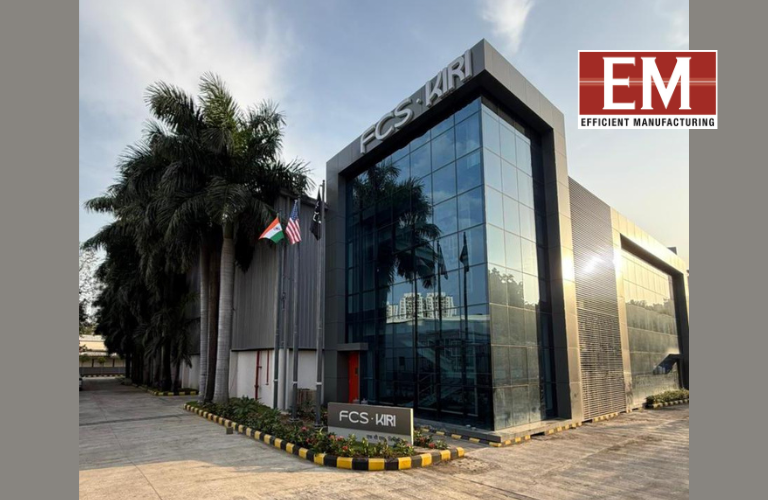/ Valued at US$ 435.43 billion in 2023, the logistics sector in India employs more than 22 million people. The sector, estimated to grow at a CAGR of 8.36%, is expected to reach US$650 billion by 2025.
Vinod Grover,
Managing Director – South Asia and Africa,
Kaizen Institute
At its core, the logistics sector can be understood as the lifeline of the economy. Its contribution goes beyond mere transportation and warehousing, for the sector is also the key enabler of economic growth, productivity and regional development.
The sector, even during a pandemic as devastating as Covid-19, persevered and continued to play a pivotal role. Despite its’ importance, the sector has faced constant neglect, resulting in significant challenges and obstacles to making Indian exports competitive in the world market. High costs, mobility constraints, inadequate tracking and tracing capabilities – are some issues that have plagued the sector for long, thereby affecting the overall efficiency of the logistics sector in the country.
Challenges faced by the logistics sector in India
In 2018, India was ranked 44th out of 160 countries in the World Bank’s Logistics Performance Index. The reasons for India trailing behind are manifold – ranging from fragmented and unorganized nature of the sector, high costs, and existence of complex regulatory framework and processes.
In 2021, the logistical cost in India amounted to about 13-14% of the country’s GDP, which was much higher than the cost in developed countries such as the US, China and EU nations. Due to high logistical costs, India’s exports in international markets suffered. Limited warehousing infrastructure, increasing costs of fuel, legal complications, and an over-dependence on roadways led to a severe impact on the logistics management in India.
National Logistics Policy
It was in this context that the National Logistics Policy (NLP) was introduced in September 2022. With an aim to reduce logistics costs down to single digits, increase the competitiveness of Indian products in international markets and ensure greater efficiency of the logistics industry, the policy is said to boost economic growth.
Further, the policy, with its integration with existing connectivity and infrastructure improvement plans such as Gati Shakti, Sagarmala, and Bharatmala is expected to transform the logistics sector in India. By reducing over-dependence on roadways, it aims to diversify transportation modes to harness the potential of railways. By bridging critical gaps in road infrastructure to enhance national traffic circulation and leveraging coastal areas and waterways to optimize infrastructure requirements, the NLP is a significant step towards facilitating comprehensive and efficient logistics operations across the country.
Launched with the aim of making India a logistics hub, the NLP has revolutionary features that aim to minimize logistical issues, thereby augmenting the economy through employment generation, inter-state, and international exchange of goods.
The integration of a Digital System digitally connects 30 systems for 7 departments under one portal, enabling seamless coordination and information exchange. The Unified Logistics Interface Platform ensures efficient cargo movement and real-time information sharing. The policy also emphasizes the importance of Ease of Logistics by promoting transparency and accessibility in logistics business operations. Additionally, a System Improvement Group helps ensure smooth implementation and monitors progress of logistics-related projects. These features collectively aim to streamline and enhance the efficiency of the logistics sector in India.
Way forward for the logistics sector in India
NLP has already demonstrated its effectiveness, propelling India’s rise from the 44th to the 38th position in the World Bank’s Logistics Performance Index. With the development of cutting-edge technologies such as artificial intelligence, IoT, blockchain, drones, autonomous vehicles, and cloud computing, the logistics sector is at the cusp of a transformative journey, potentially driven by technological advancements.
Thus, the National Logistics Policy, along with technological advancements, has set the stage for the logistics sector. With a strong foundation and a future full of potential, the logistics sector in India is poised for remarkable growth and success.








